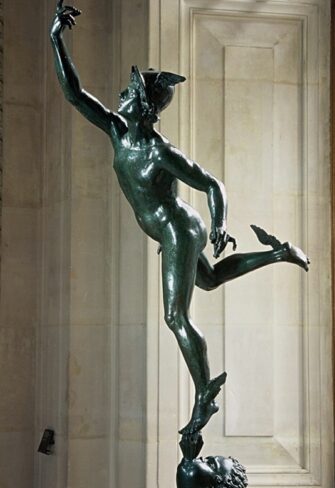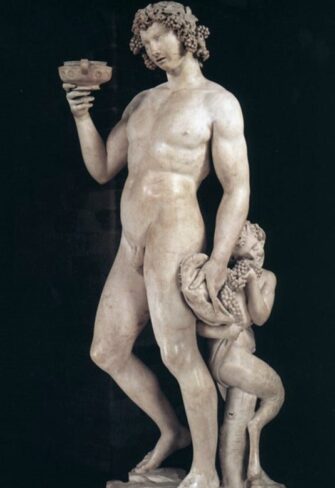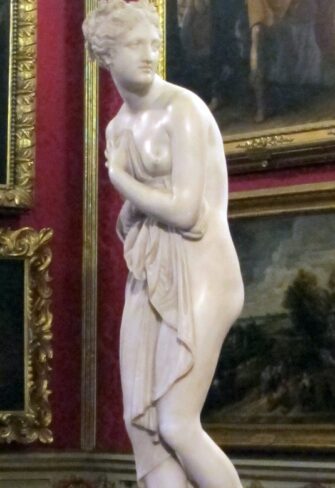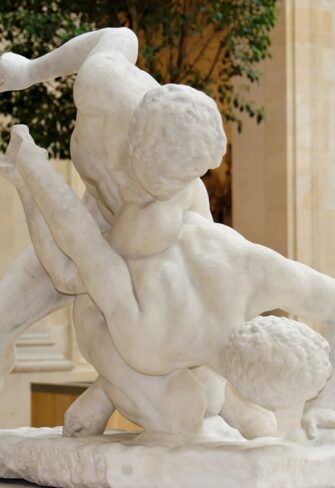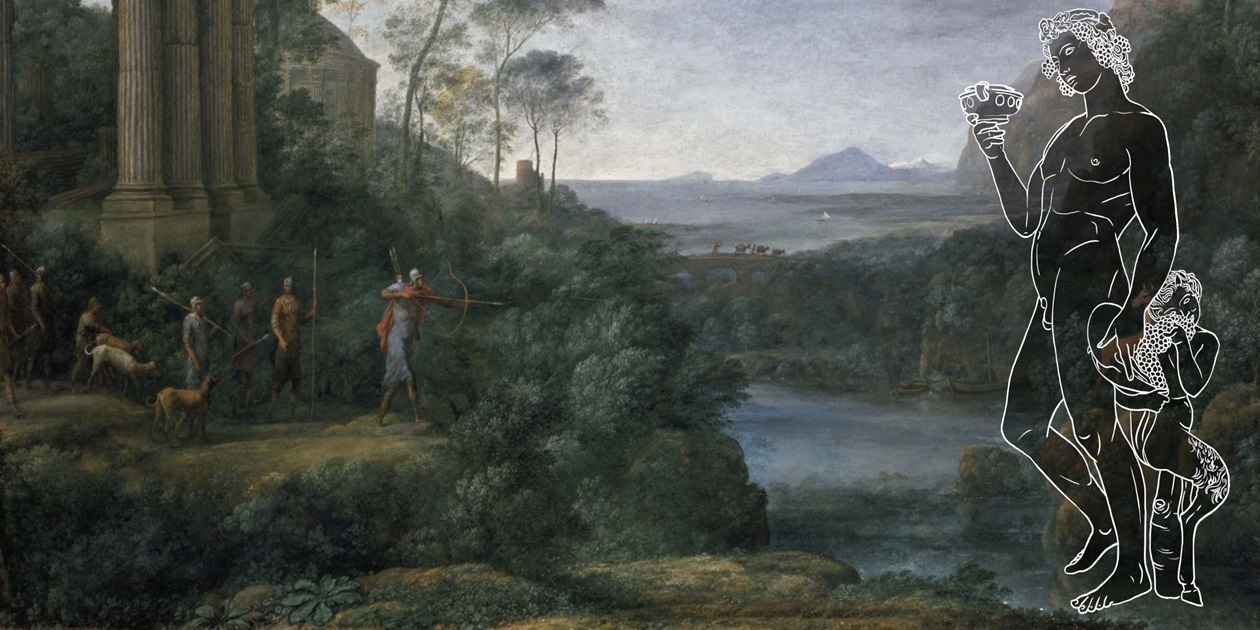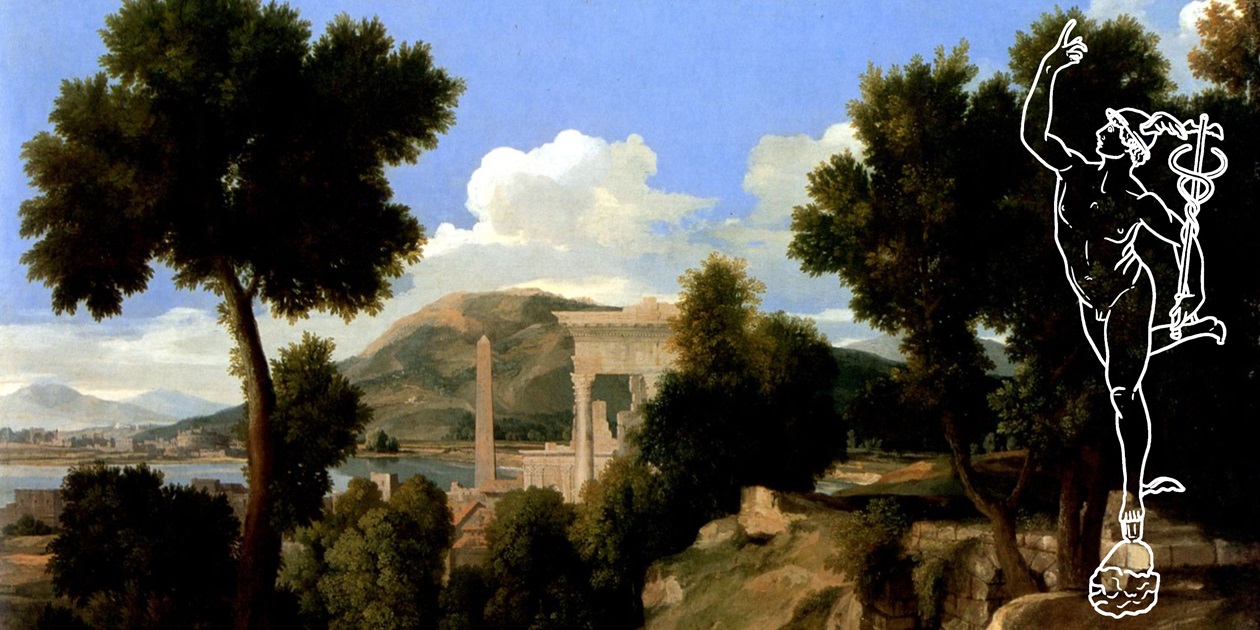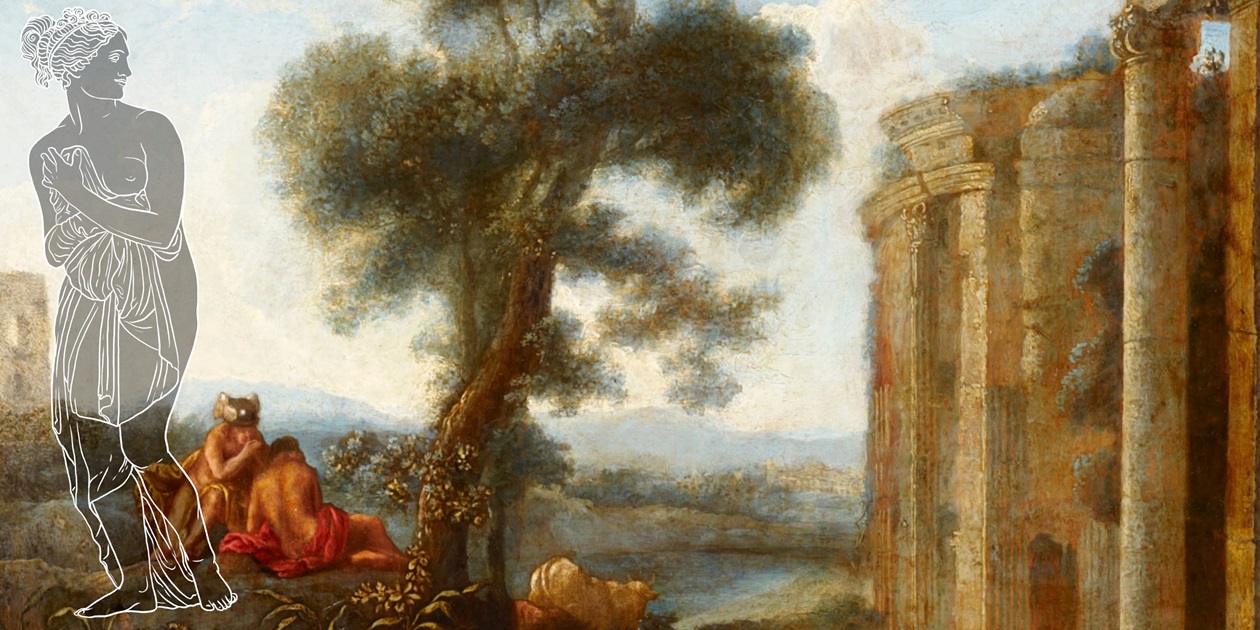Modern Era
Showing all 4 results
-
Mercury by Giambologna
£8,900.00 -
Bacchus by Michelangelo
£43,800.00 -
Venus Italica by Canova
£34,400.00 -
Uffizi Wrestlers
£34,400.00
A Small Selection of Well-Known Renaissance and Classicist Large Bronzes
Currently, in our online shop, we offer a few bronze sculptures from modern times that we can produce as large sculptures. This is a program we will expand. Please contact us if you have a specific request in this regard. We will then act to find a perfect casting template for casting your modern-era desired statue in museum quality.
Bacchus by Michelangelo: Original Template for a New Sculpture
Michelangelo worked on the statue from 1496 to 1497. His sculpture of a drunken and staggering god conveys impressions of youthfulness and femininity. Many say that this strange mixture of different effects is characteristic of the Greek god Dionysus. However, in Michelangelo’s experience, such intense, almost divine sensuality has disadvantages for humans: In his left hand, the god holds with indifference a lion’s skin, the symbol of death, and a grape, the symbol of life, from which a faun feeds.
Purchase a Flying Mercury Messenger God Bronze Sculpture
Giovanni da Bologna’s famous Flying Mercury depicts the Greek messenger god as he speeds through the air. Mercury is depicted with a winged hat and winged sandals. In his hand, he holds the caduceus. A bronze column of breath from Aeolus, the god of the wind, serves as a base to propel Mercury upwards and forwards.
Commissioning a Bronze Casting Sculpture of Canova’s Venus Italica
The marble sculpture was commissioned by Napoléon Bonaparte and created by the sculptor Antonio Canova in 1802. The work served as a replacement for the Venus de Medici, which had been taken to France on Bonaparte’s orders and displayed in the Louvre. “When I saw this divine work by Canova,” wrote the poet Ugo Foscolo, “I sighed with a thousand wishes, for truly, if the Medici Venus is a beautiful goddess, then this Venus is a beautiful woman.”



